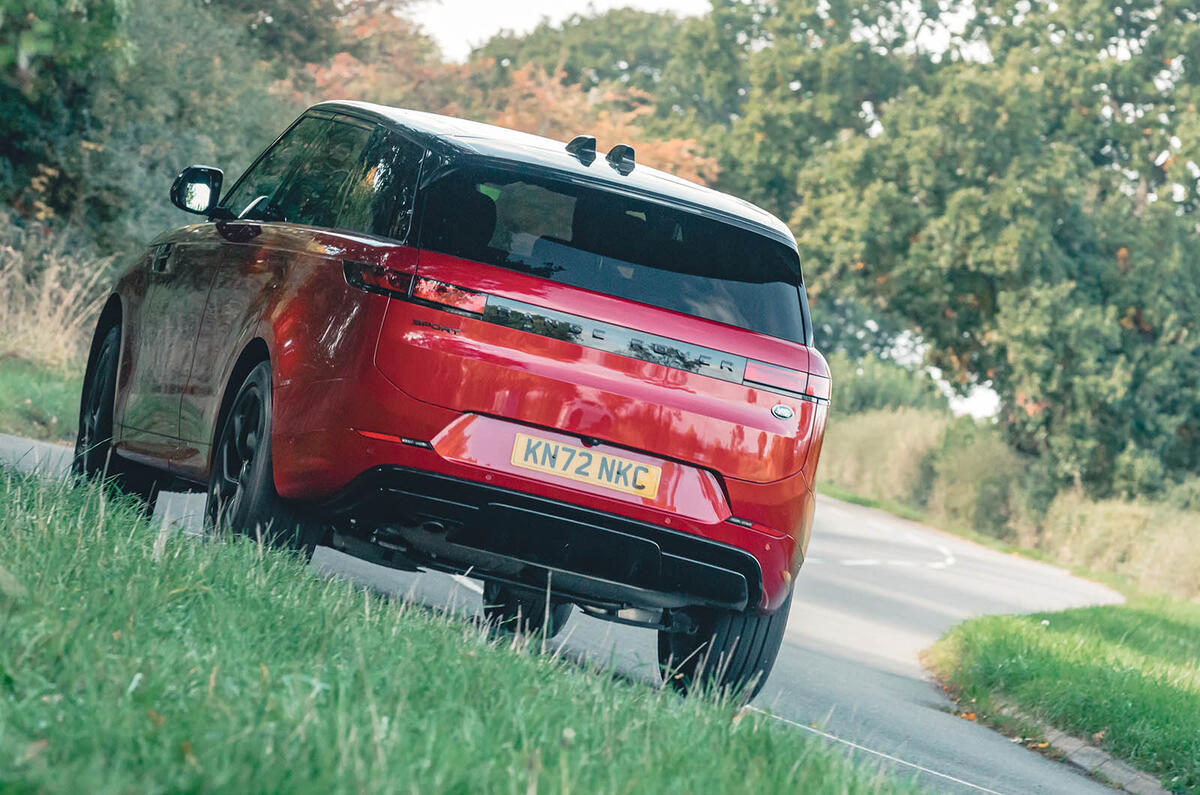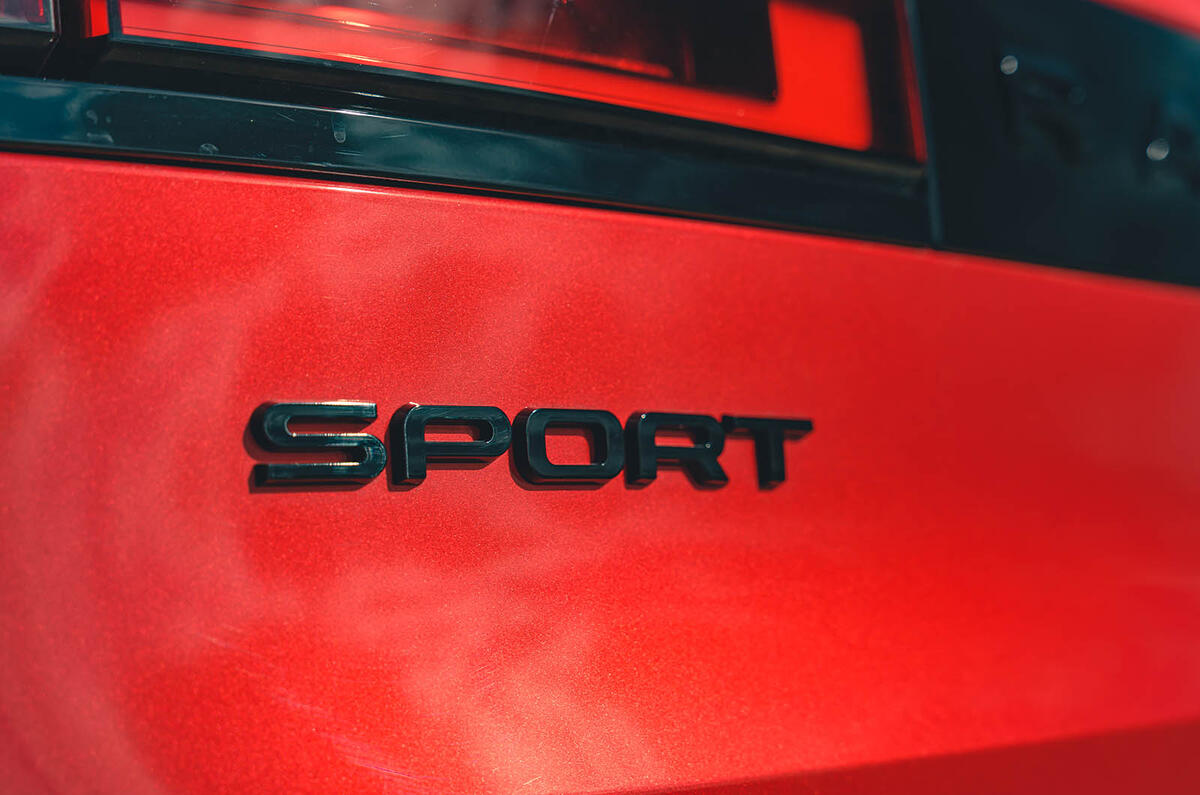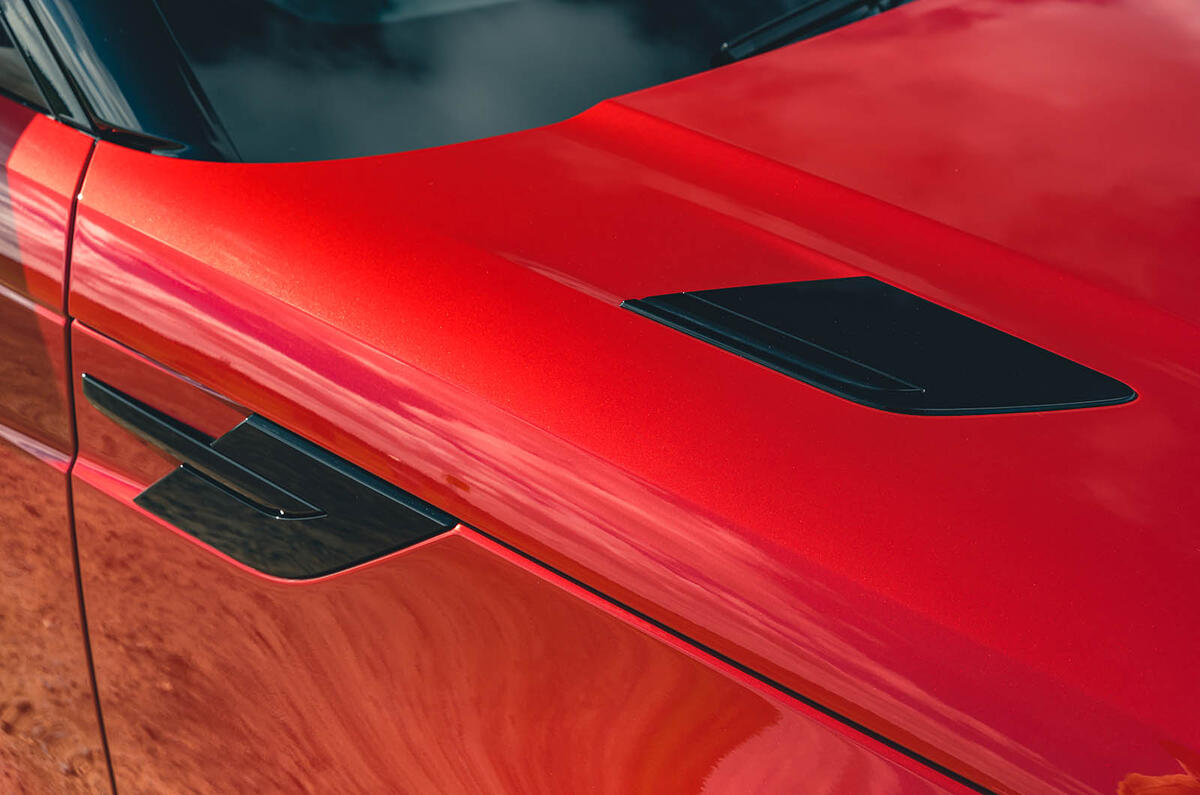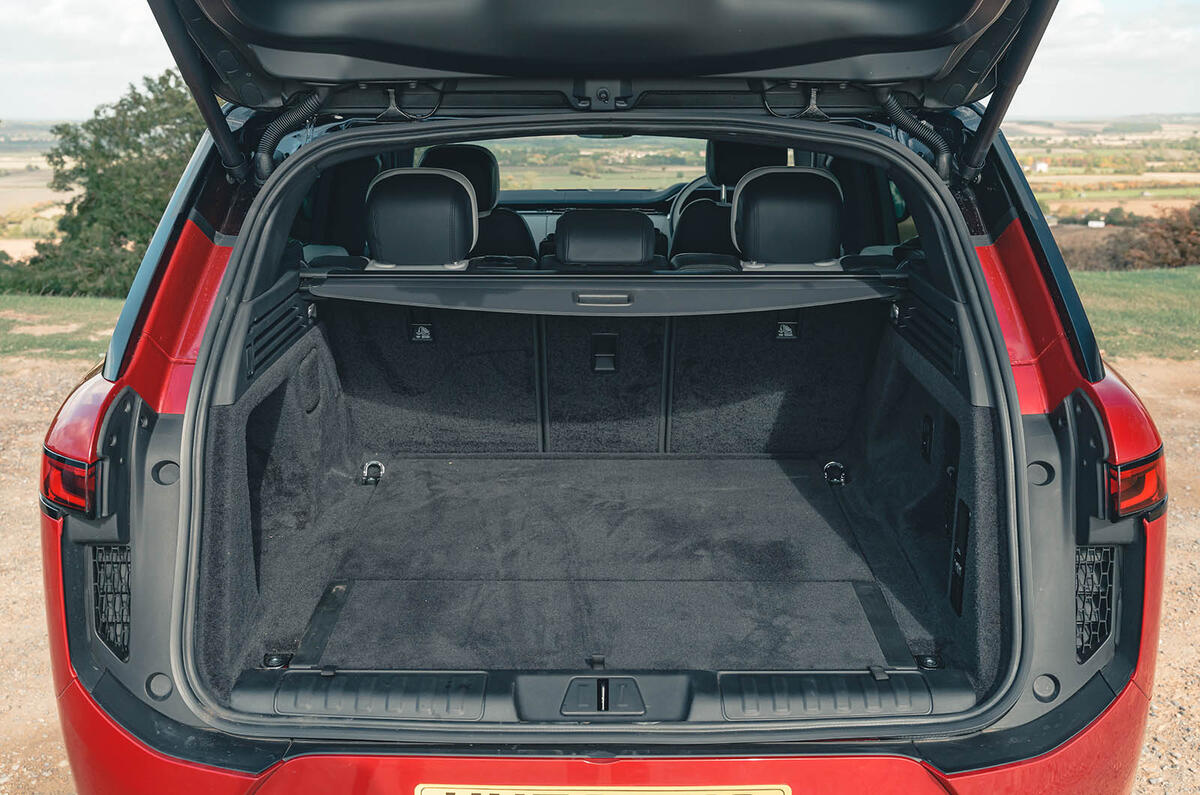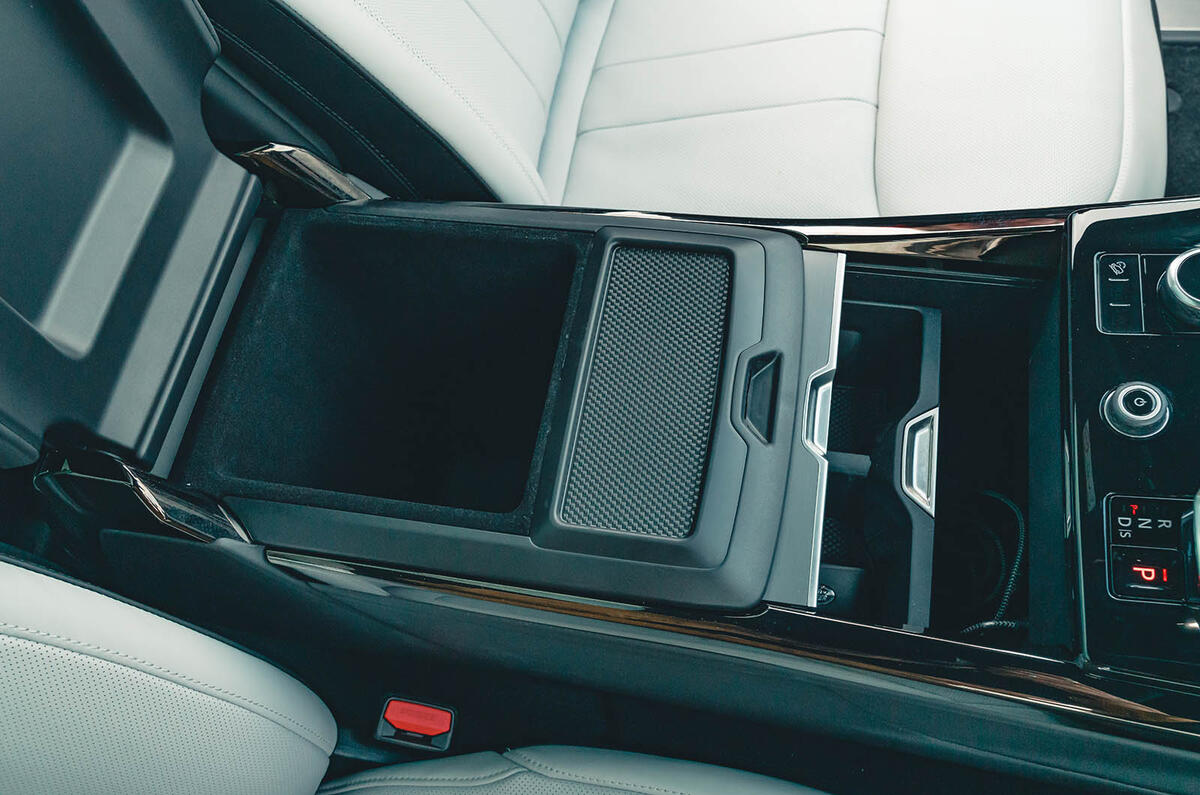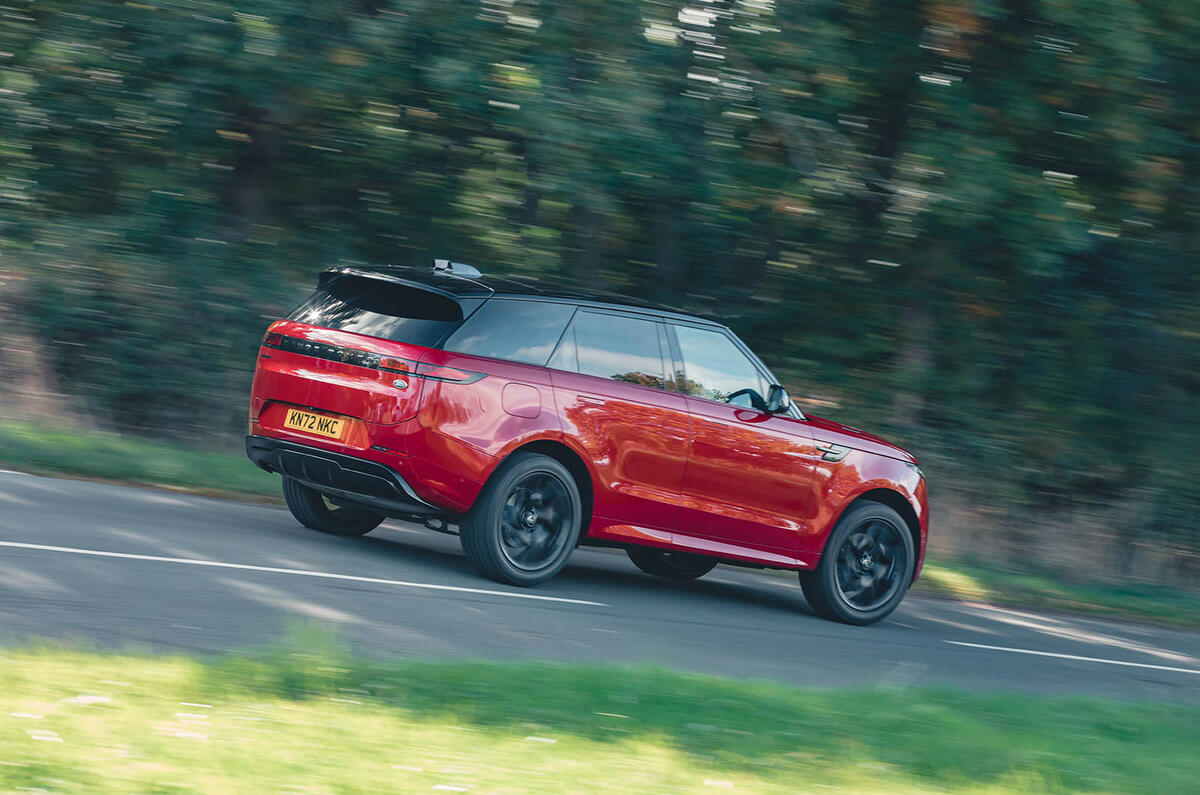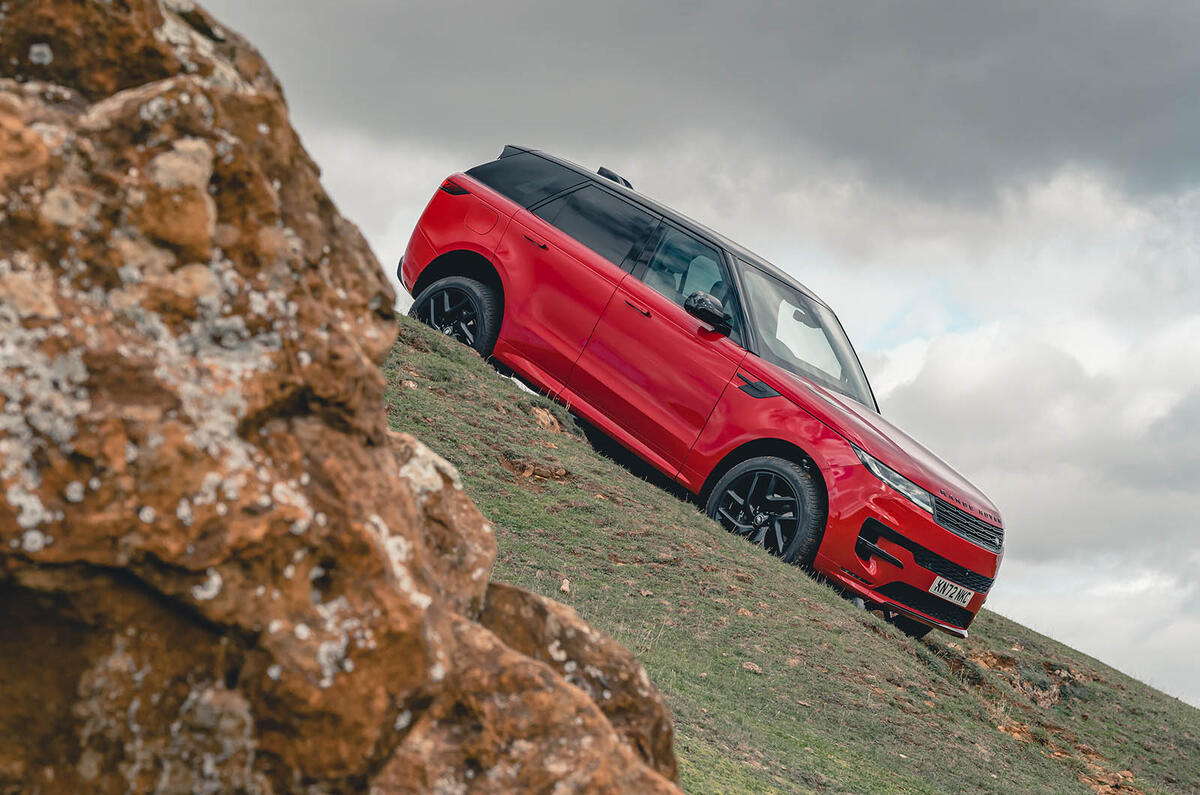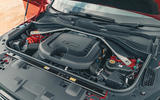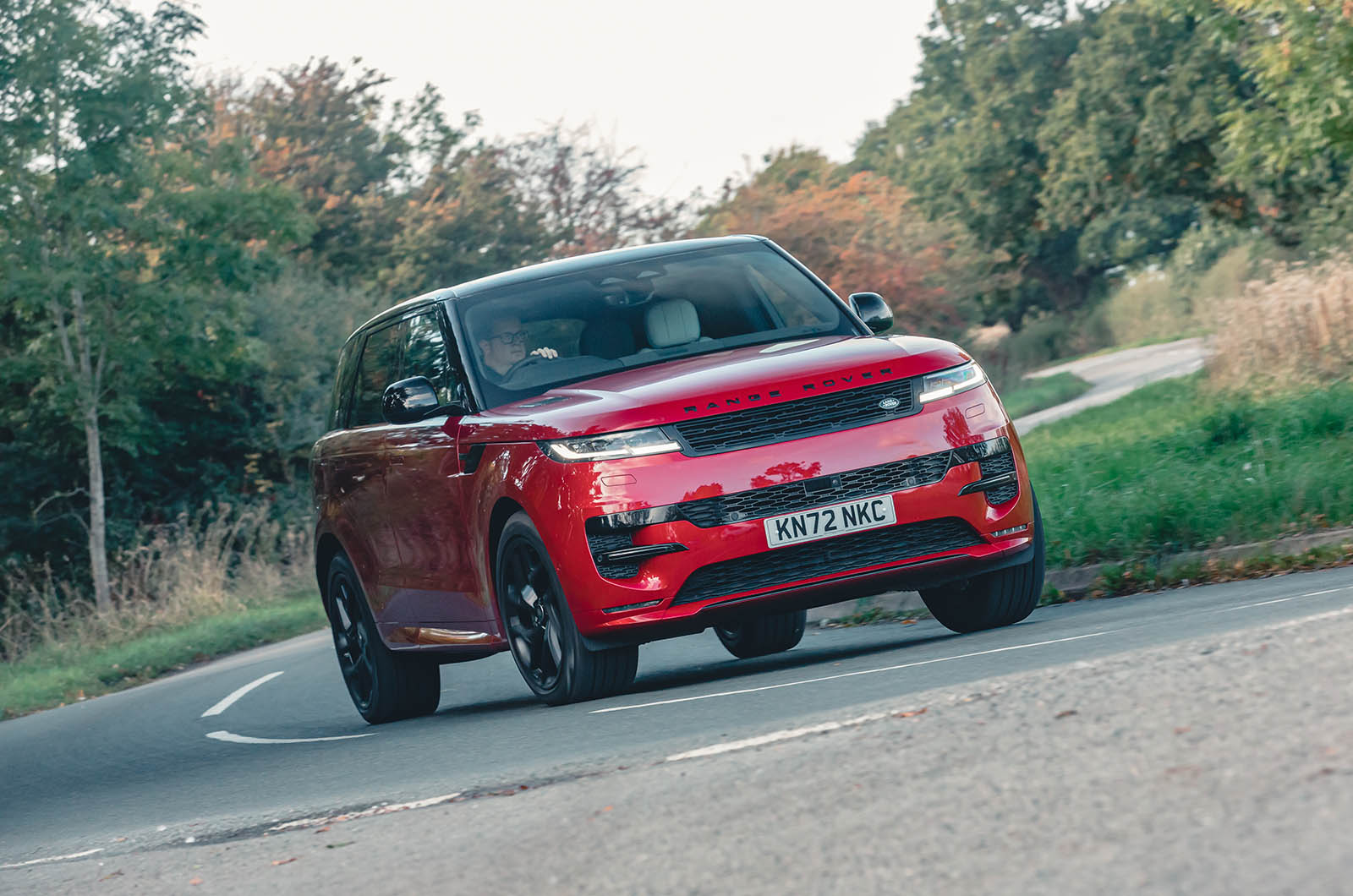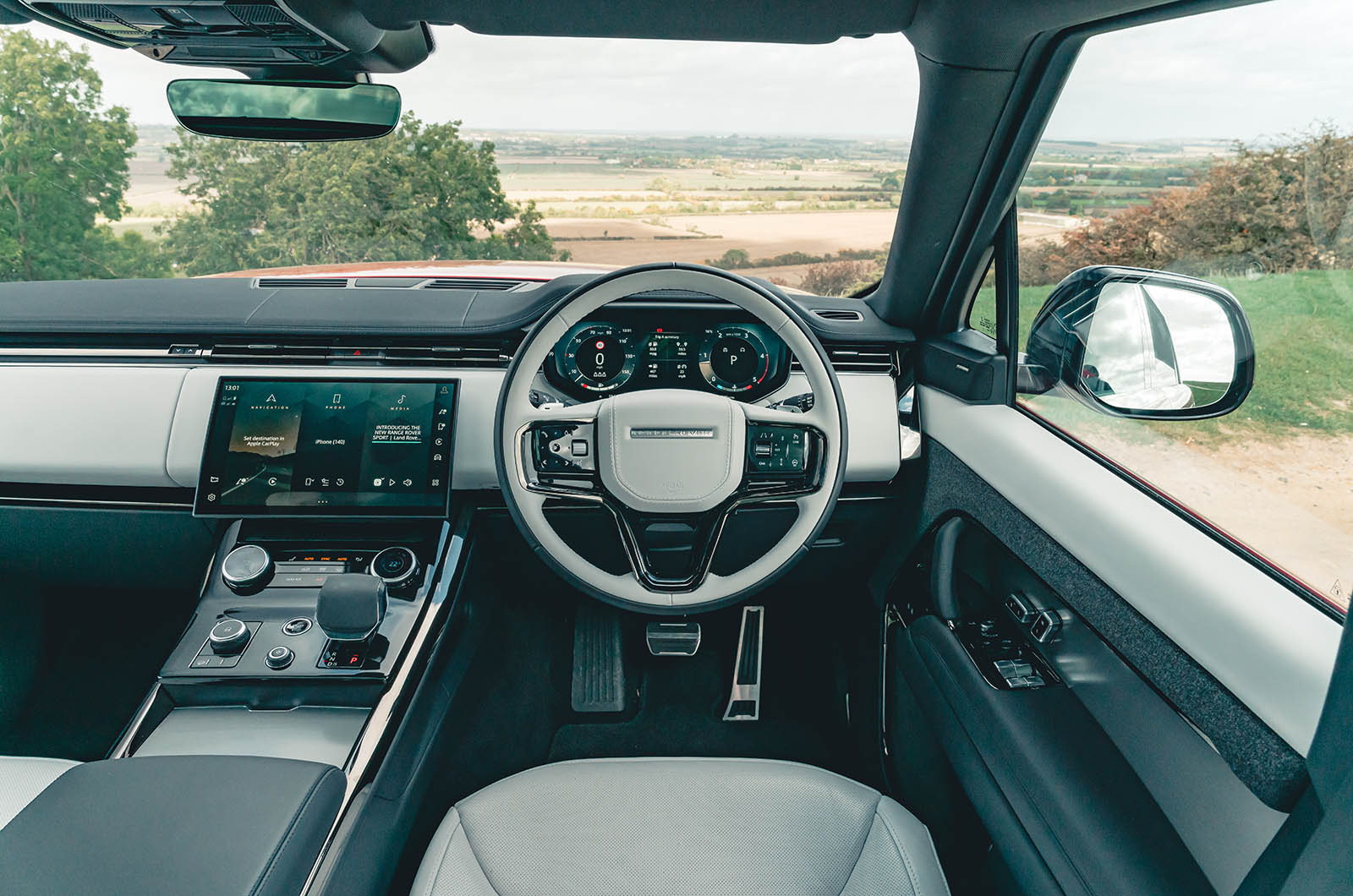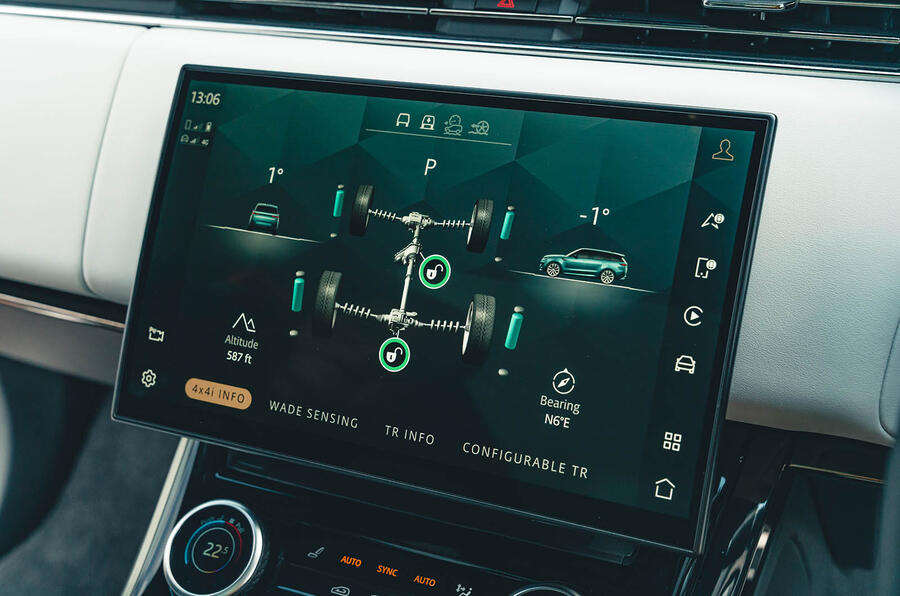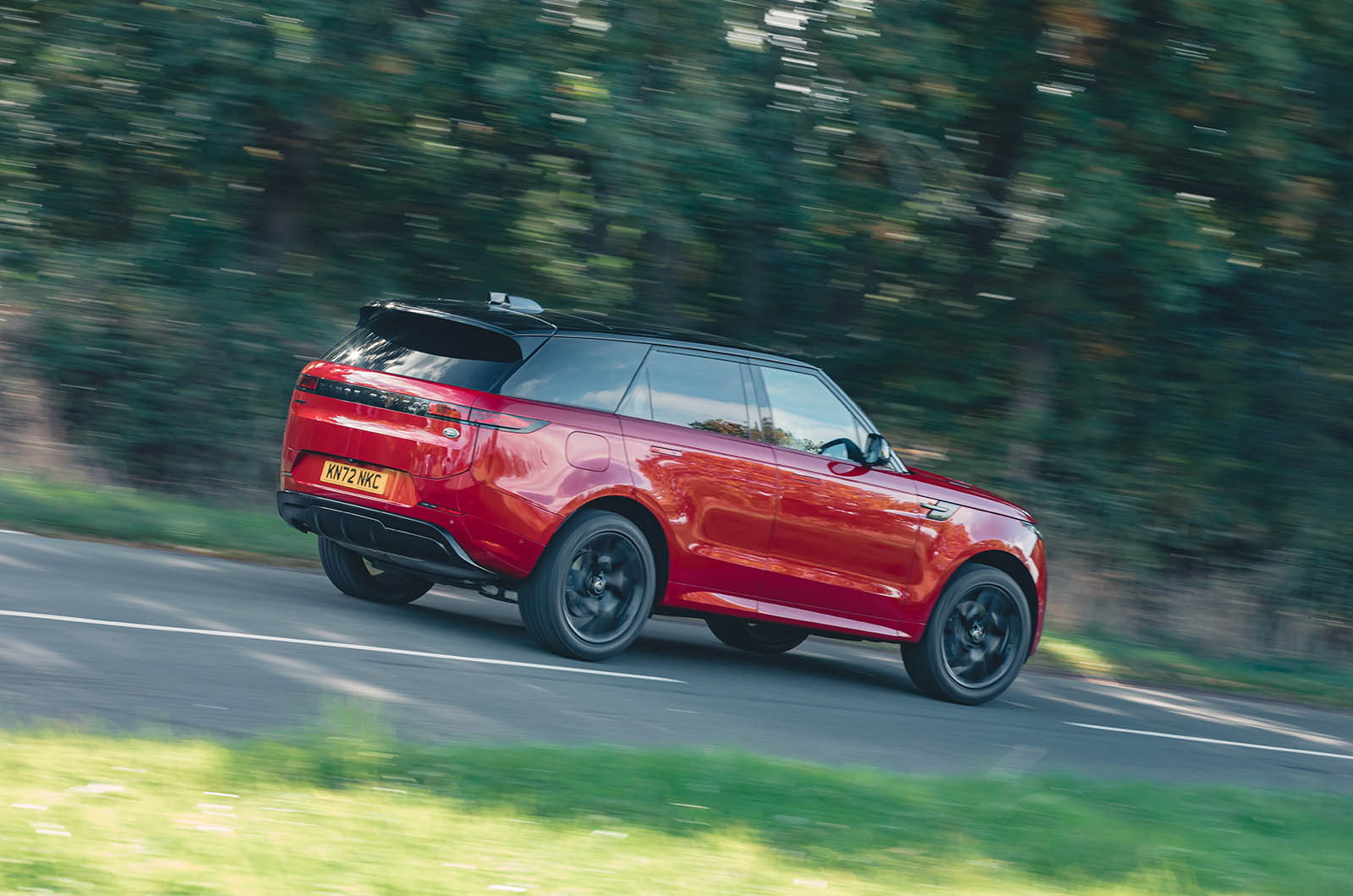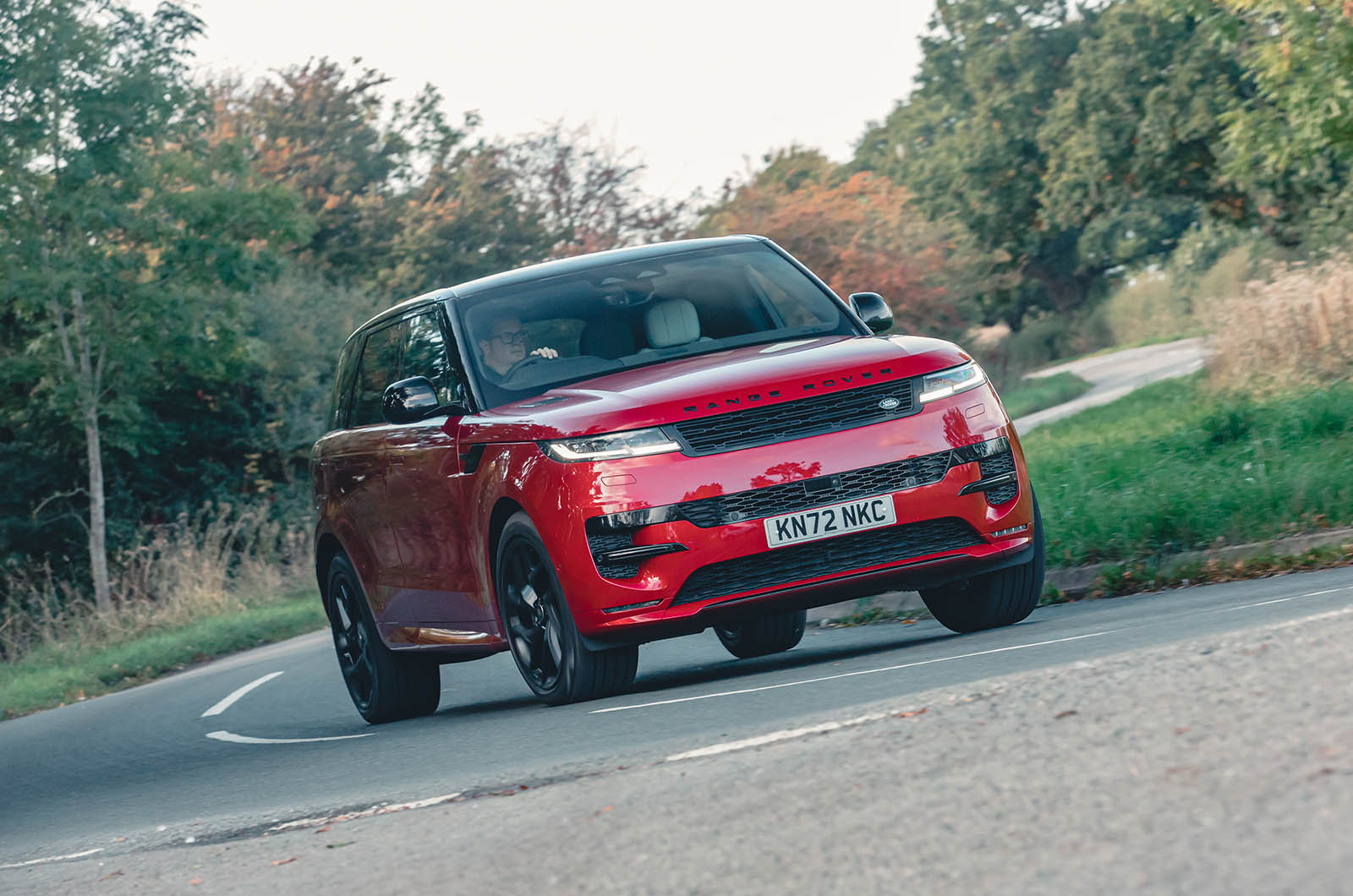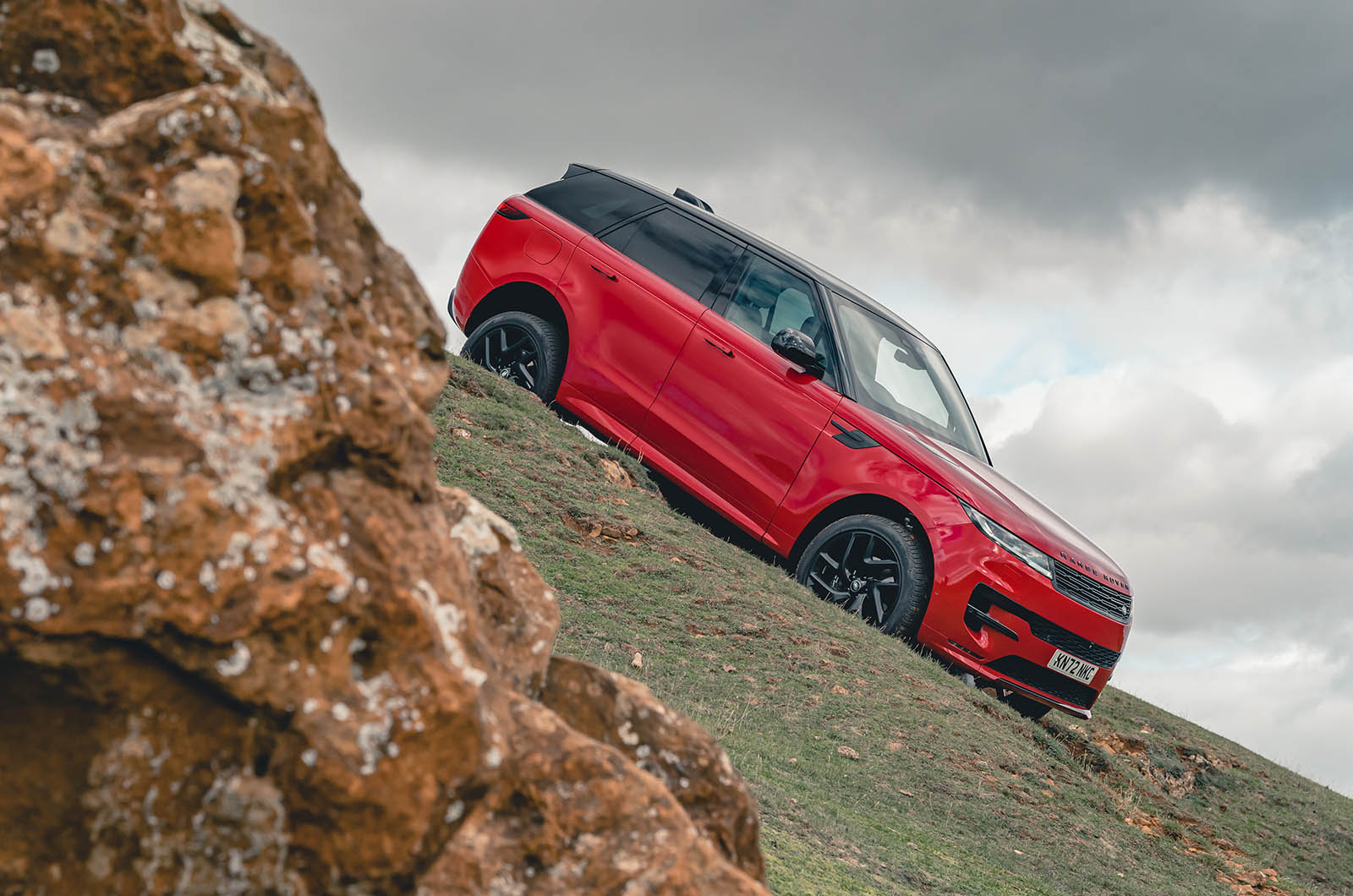The Land Rover Range Rover Sport might be the most significant British-made car of the 21st century. The full-sized Range Rover is the firm’s talisman, and the Discovery Sport its biggest seller by volume, but the Sport is where global volume and luxury car profit margin come together so crucially for Land Rover.
This was the car that showed the untapped potential of Range Rover as a sub-brand when it came along in 2004, kick-starting the growth in Land Rover’s model catalogue that subsequently brought us the Range Rover Evoque and Range Rover Velar. It also first demonstrated how convincingly the SVR performance treatment could be deployed on a Land Rover model.
And it’s the perfect modern Land Rover in as much as it has all the advantages: the lustre of the Range Rover brand delivered on a full-sized model, but at a more affordable price; the pick of the engines, and the advanced suspension and four-wheel drive technologies, from the Range Rover, Discovery and Defender lines; and the freedom to deploy them to suit a more dynamic on-road brief than any of them. To so many of its owners, the Range Rover Sport has simply become the defining and best Range Rover full stop.
And now, the third-generation version shows us what it’s made of. The car has now stepped determinedly forwards into the electrified era. While the outgoing version already came as a plug-in hybrid, this one will be available in two different PHEV guises offering as much as 70 miles of electric range, and it will also be the first Range Sport to go fully electric in 2024.




